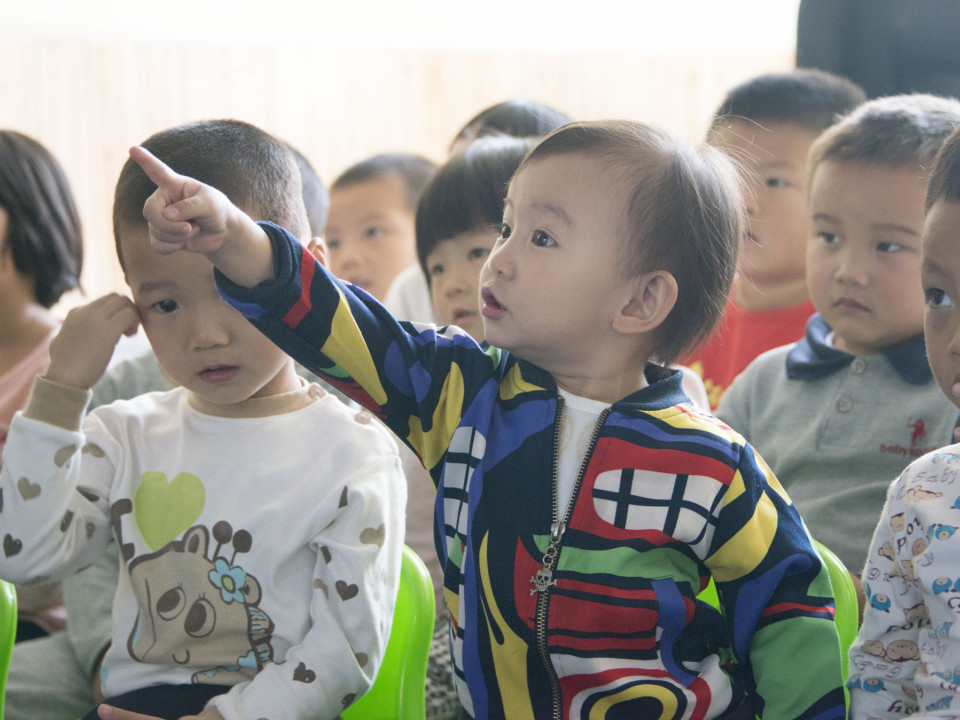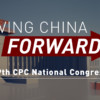It was a landmark decision that will have far-reaching impact on China for decades to come.
In 2015, the party reversed its longstanding one-child policy—one of many reforms enacted during Xi Jinping’s first five years as General Secretary.
In effect since the late 1970s, the policy aimed to safeguard China’s path to prosperity. Then paramount leader, Deng Xiaoping, said China needed to ensure the “fruits of economic growth are not devoured by population growth.”
China’s plunging birth rate
The strategy appears to have worked. On its way to becoming the world’s second largest economy, China’s birth rate plummeted.
Chart: China v. World (Fertility rate, total (births per woman) from 1960-2015)
Shrinking labor pool
But now there are fewer new workers. The youngest demographic in China’s labor force (ages 16 to 24) has been declining since 2007. This could have a negative impact on future productivity.
A Gradual shift?
After the government rolled out its new policy in 2015, the number of babies born in Chinese hospitals increased 11.5 percent the very next year. According to China’s National Health and Family Planning Commission, nearly half the newborns (more than 45 percent) were not their family’s first child.
Still, permission to have a second child may not be enough to engineer the desired demographic shift anytime soon. Based on a 2017 survey, many working age Chinese women appeared reluctant to have more children.
A professor at the Population Research Institute in Beijing says it could take “a couple of decades” before the new policy has the desired effects.
Aging Population
Over the long-term, the government says the two-child policy should increase China’s birth rate and labor supply, and ease pressure from an aging population.
That pressure is increasing. The total number of Chinese over the age of 65 more than tripled between 1982 and 2015.
 CGTN America
CGTN America

